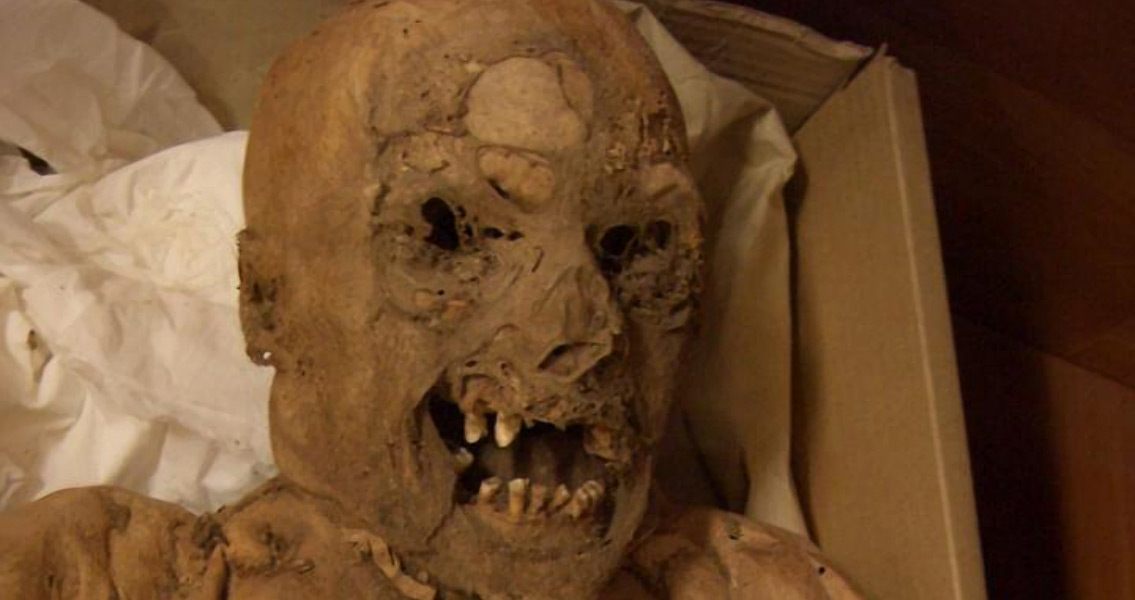<![CDATA[The remains of a naturally mummified corpse discovered in a sealed crypt in Hungary dating back to the eighteenth century, might have had a genetic predisposition to colon cancer. Colorectal cancer is one of the most dangerous and deadly types of disease encountered in a modern day setting. Increased incidence of colon cancer is thought to be attributed to higher levels of processed food in the human diet, more sedentary lifestyles, and the resultant increase in obesity these variables can cause, but additional research into the disease has revealed a genetic component as well: a mutated version of the Adenomatous polyposis coli (APC) gene seems to increase susceptibility to colon cancer. Whether colon cancer is a thoroughly modern disease or if this genetic mutation existed prior to our current disease-prone lifestyle has been debatable. Now, with evidence pointing to a mutated APC gene present in humans dating to the eighteenth century, this debate is about to heat up even further. Researchers from Tel Aviv University’s Sackler Faculty of Medicine and Department of Clinical Microbiology investigated more than 250 mummified remains exhumed from Vác, Hungary’s Dominican church in 1995, in order to determine if any of the mummies showed a genetic predisposition to colon cancer. Thanks to a large amount of archived information regarding the remains, tissue samples naturally preserved by the low humidity, high ventilation and constant temperature of the vaults, the scientists were able to subject the bodies to genetic and morphological study. In a press release, university researcher Dr. Rina Rosin-Arbesfeld said that the investigative team wanted to determine if any of the individuals buried in the Hungarian tombs were carriers of the APC mutation and whether it was related to the mutation carried by contemporary populations. Dr. Rosin-Arbesfeld added that she was especially interested in conducting the research after learning that evidence of tuberculosis had been found in the corpses, which were buried between 1731 to 1838 when the vaults were in regular use. Genetic sequencing was used in order to pinpoint APC gene mutations. Dr. Rosin-Arbesfeld’s colleague and collaborator, Prof. Israel Hershkovitz, said that the analysis of mummified soft tissue offers unique avenues for investigation, especially since evidence of disease is left behind in these tissues much more readily than in skeletal remains. The opportunity to conduct genetic analysis on a detailed level was “ideal”, the Tel Aviv University professor stated. Fellow university researcher and co-author Dr. Ella H. Sklan, also from the university’s Sackler Faculty of Medicine, revealed that the data analysis indicated that at least one of the mummified Hungarian remains could have had a cancer mutation. What this means is that being genetically susceptible to cancer may be traceable to the pre-modern era. However, with just one individual showing evidence of this mutation so far, larger studies with wider sample sizes will be needed to make a conclusive determination. The research study, which was published in February in the open source scientific journal PLOS ONE, can be found online here Image courtesy of Tel Aviv University.]]>
18th-Century Hungarian Mummy May Have Had Cancer Gene
